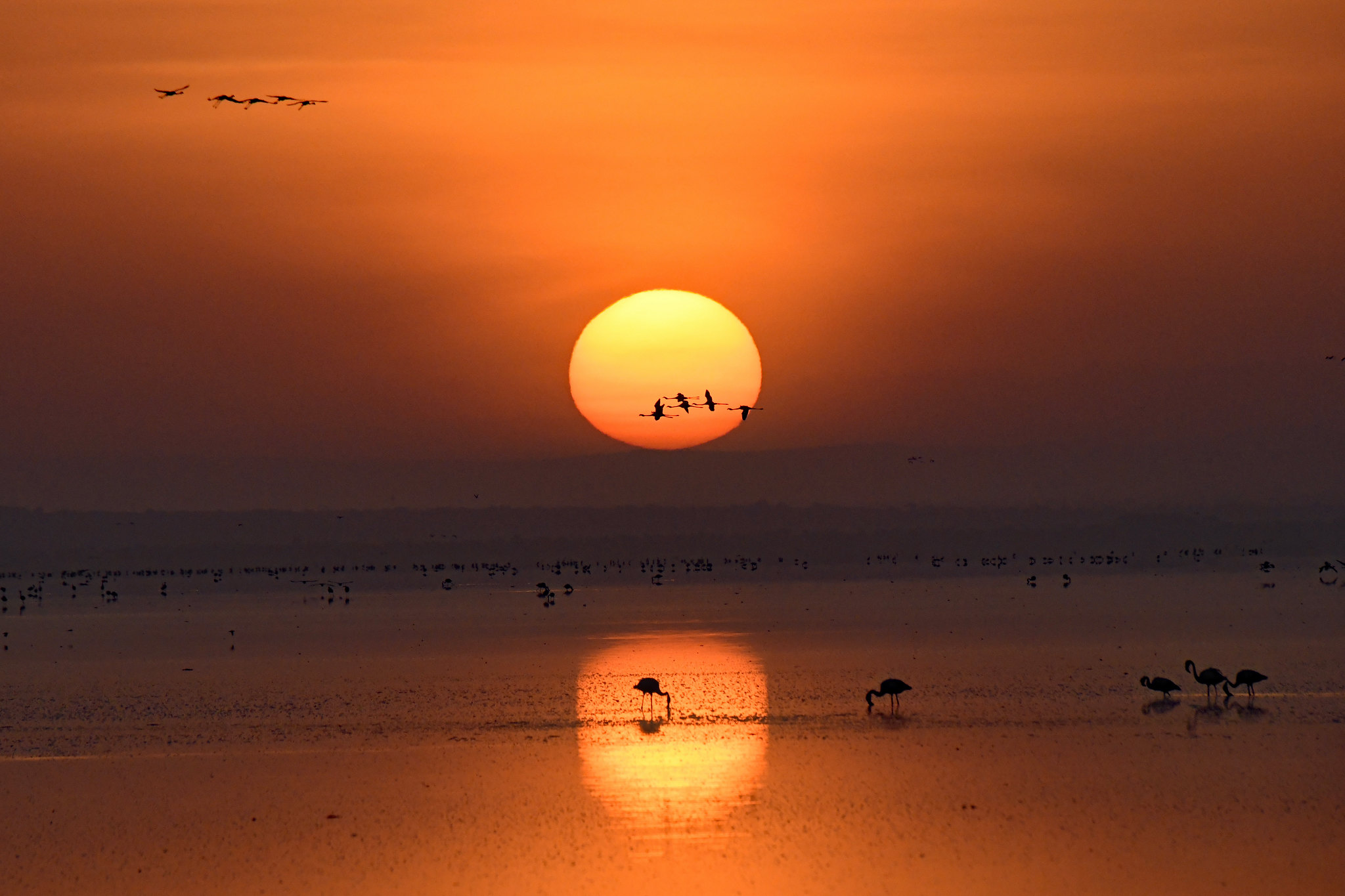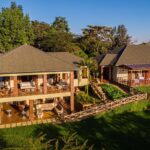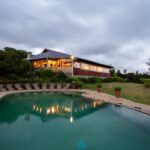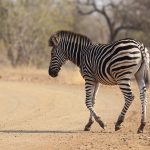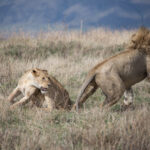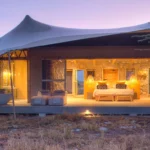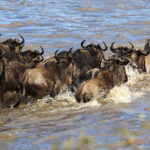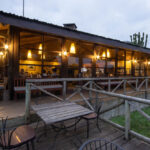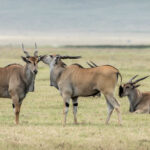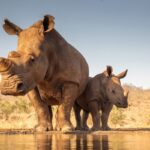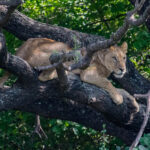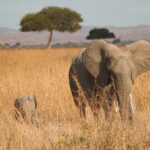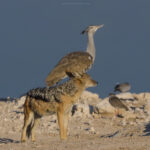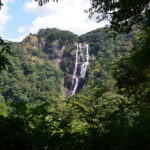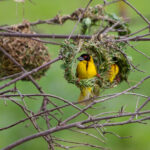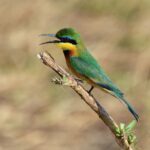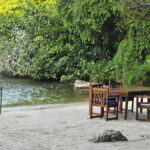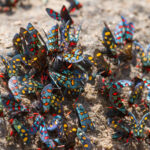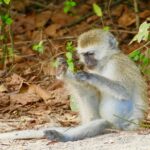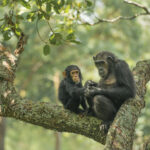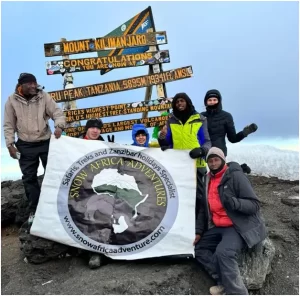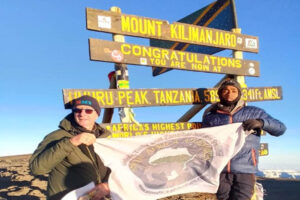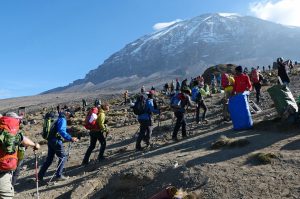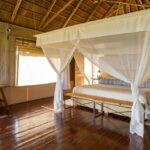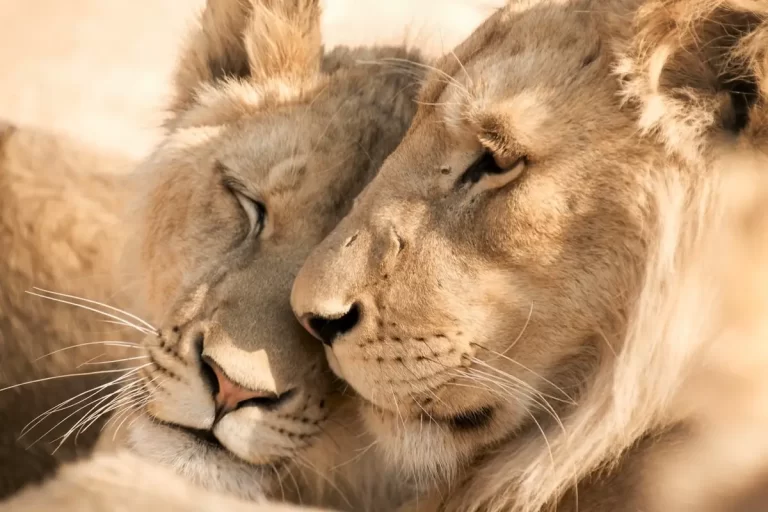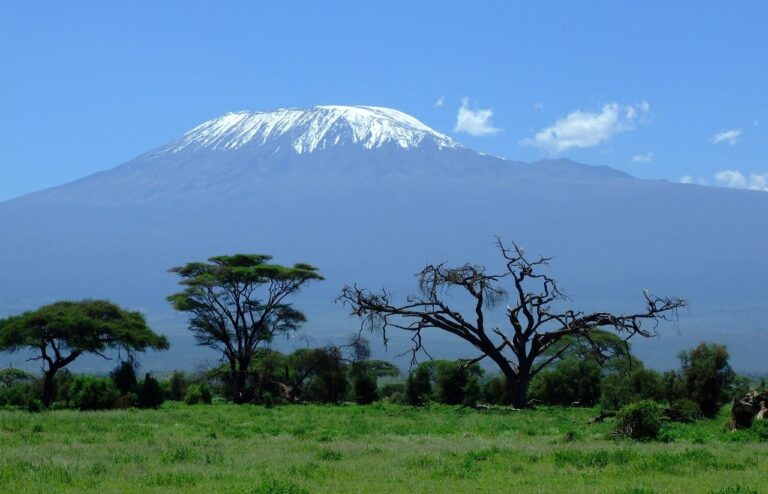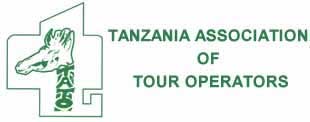Why Tanzania Safari is so popular around the globe? Why every year millions of travelers visit Tanzania? What unique wilderness do Africa offers? Are these questions arising in your mind?
If yes, then here we will tell you about A to Z wildlife of Tanzania. You will be learning about the most epidemic species in Tanzania Destinations. A is the first alphabet so here we will be learning about Aardvark.
Aardvark is an African species, mostly found in the southern and eastern parts of the African Continent.
Scientifically, Aardvark is called as “Orycteropus Afer”. Though it is in order of Tabalidentata which means tube teeth, It is an insectivorous mammal, use to live in burrows.
History of their Evolution

It is been believed that Aardvarks are living on this earth from 9 million years. They are one of the least concern Tanzania Wildlife.
Several 100 years ago these mammals were found in European and Asian countries. But after a huge change in the climate, they moved towards the African continent, so you can see them in several Tanzania Destinations.
Aardvark is the only species of the Orycteropodidae family that are existing since the ancient era. They are the combination of various groups of mammals called Afrotheria.
Body construction of an Aardvark

The body construction of Aardvarks is typically a bit different from others. The total weight of Aardvarks is from 40 to 60 Kilograms.
Aardvarks are nearly 2.2 meters long, nearly equal to a 6 feet man. Whereas the tail lengths 70 cm and the ears are of 24 cm.
A thick fur coating of scanty yellowish-grey is covered on the body of Aardvark. These mammals are having 4 limbs with sharp nails on the leg. Basically their legs are smaller in size but are able to run faster. Their nails are strong enough to dig long holes and defend themselves from predators. Moreover, the Aardvarks have a long tongue to eat the termites and ants rapidly. Their Nostrils can even sense the underground movement.
LifeStyle and Breeding:

Generally, the Aardvark seems to be like Mr. Lonely, but they can be found in small groups. The life span of Aardvark is up to 23 to 24 years
They don’t like sunlight and high temperature, so at day time they take rest inside the burrow. Generally, after spending a few months in one hole they change their place.
Aardvarks always use their senses to protect them and find food. When a predator comes behind them then they hide in the burrow. If any predator gets into their holes, they cover the way to protect themselves.
Only during the mating time, different genders of Aardvark comes together. After mating, it takes seven months to give birth to a young Aardvark. Then a 2 Kg baby takes birth.
Their lifestyle is a bit similar to human beings. It takes two weeks for the baby to open the eye, and then for 3 months, they depend on mother milk. After 3 months the babies start eating termite and at the age of 6 months, they start making their hole.
At once an Aardvark can give birth to only one baby. A 2-year-old aardvark is mature enough for the reproduction.
Some interesting facts about the Aardvark
- They are Nocturnal Species
- Aardvark has the best sense of smell in the Animal kingdom.
- They Can Eat 60000 ants & termites at a time.
- Aardvarks are the Mixture of Many species but the species which are closely related to them are Elephants, anteaters, hyraxes.
- Their spoon Shaped Claws are like steel and can break strong termite mounds.
- Their ears seem similar to rabbits whereas their tail is equal to Kangaroo.
- Aardvark is an African word, which means earth pig.
- Aardvark can seal their nostrils to keep away dust and ant.
- Each night an Aardvark covers approximately 6 to 19 miles.
- They can dig holes up to 13 to 15 meters long.
You can find the aardvark at nearly 70% of African regions, as well as they are in the list of least concern species.
But they play a vital role in nature as well as help humans a lot by eating the termite and ants. So, they need to be preserved by the government.
Moreover, Aardvark is friendly in nature towards human beings. Just you need to be aware of its sharp nails.
Snow Africa Adventures are concerned to save these epidemic species by sharing knowledge about them. You can even book a tour with us here to see Aardvark lively in Tanzania Destinations.
Subscribe us now to get the next update on the alphabet “B”.

